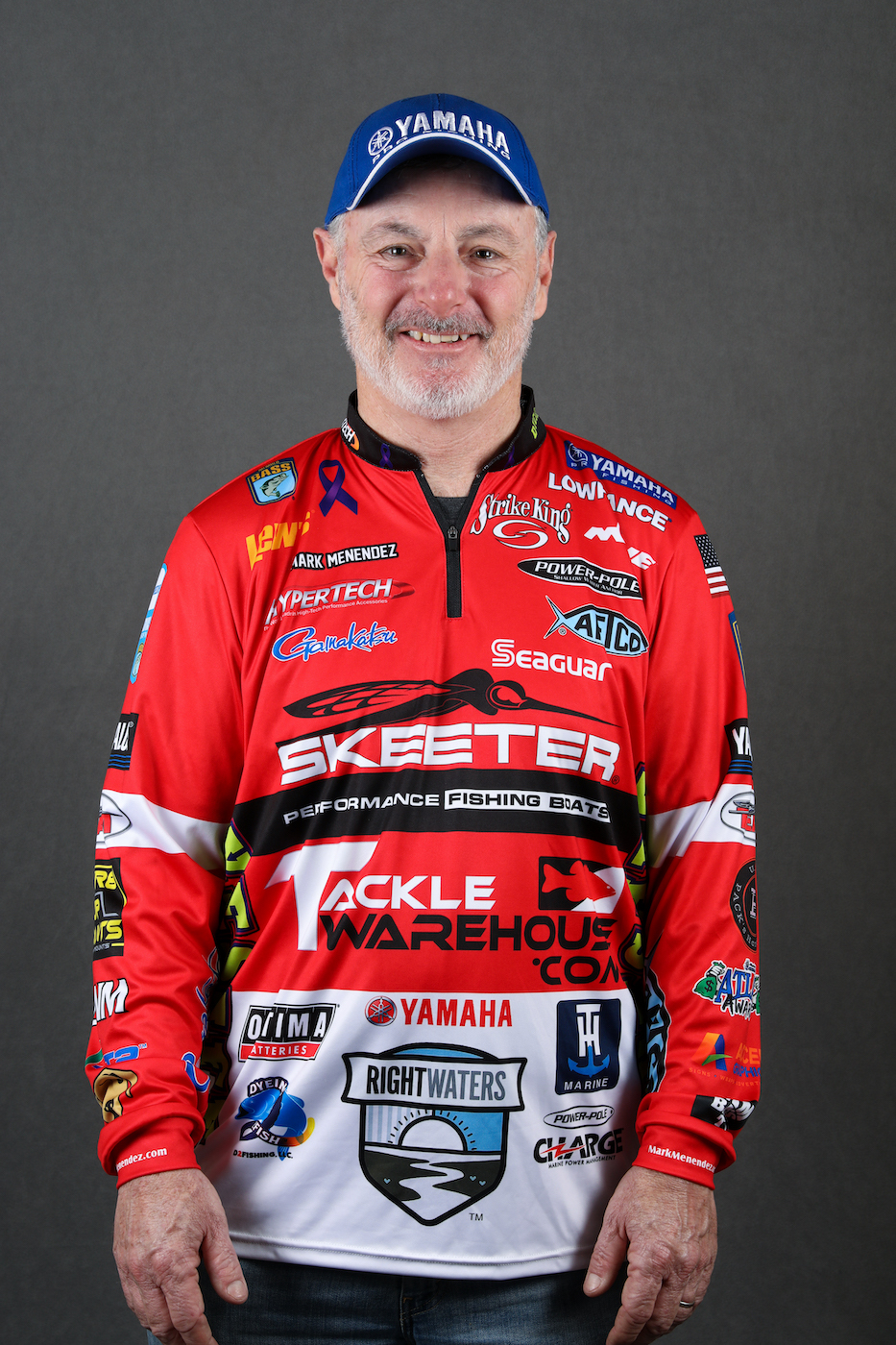
I’m going to tell you right up front that this subject is not as sexy as talking about catching giant bass. At the same time, I will also tell you that it’s more important because if this invasion of Asian Carp continues unchecked there won’t be any giant bass to catch. I’m not exaggerating. It’s that serious.
Please read these next two or three columns so you’re educated on the threat. That way you’ll know what to do and how to push your government officials when — not if — it becomes necessary.
In a future column we’ll talk about the dangers of invasive, non-native species, what happens when they arrive and why it happens. But for now I want to talk about what we’re doing to restore Kentucky Lake and Lake Barkley to their glory days. They’ve taken a beating lately, one they don’t totally deserve. I’m going to try to set the record straight.
It’s no secret that we have an Asian Carp problem here in Kentucky Lake and Lake Barkley. But if you think it’s just confined to us, you’re badly mistaken. These invasive, non-native fish are spreading throughout the country and badly damaging some of our legendary bass fisheries.
The thing is, though, that thanks to Ron Brooks, our Fisheries Division Director, and Lyon County Judge Executive, Wade White, we’re starting to turn the tide in our favor. They are true unsung heroes to the fishing world, and I’m not talking just about bass fishing. I’m talking about all of fishing.
In the first part of this series of columns on the infestation of Asian Carp I’m going to give you a kind of timeline as to what has been done here in the Commonwealth of Kentucky. In later parts we’ll talk about these nasty critters from a scientific point of view and from a national point of view.
Our efforts began about a year ago, around July of 2018. Late that month there was a Congressional hearing with Congressman James Comer, 1st District of Kentucky. About 400 people attended. I was one of the speakers.
This was followed up in August when the Kentucky Department of Fish & Wildlife partnered with the Tennessee Valley Authority to build an ice flake machine to help keep Asian Carp fresh as they were transported to a processor after they were harvested.
In January of this year the Kentucky Fish Center opened here in Lyon County, close to Kentucky Lake and Lake Barkley. A commercial processing facility was opened, low interest loans were made available to commercial fishermen and poundage incentives were authorized to stimulate the industry.
As of the writing of this column 2 million pounds of Asian Carp have been processed at this facility. They’re used for lobster bait, fertilizer, cat food, concrete and even human food. Yes, I said human food. Local restaurants are serving Asian Carp as “Silver Fin.” I’ve eaten it. The meat is white and flakey, and it tastes pretty darn good.
Along with those things the Unified Fishing Method was approved in June for study on Kentucky Lake and Lake Barkley. Unified Fishing is of Chinese origin. Basically it’s a method of harvesting the carp by using electronic devices to herd them into a small area where they’re netted in high numbers. It’s worked pretty darn good in Missouri and Illinois so it ought to work in Kentucky.
Additional measures being taken to prevent the spread of Asian Carp into the Cumberland Basin and the Tennessee River Basin include constructing bio-acoustic barriers at the dams. This program should be operational by September.
The results so far in regard to the Asian Carp population are promising. And recent spawns show an increasing bass population. Numbers of bass between 12 and 14 inches are on the rise. The future is looking better.
Next time we’ll discuss the problems with non-native, invasive species and why we all should be concerned about them regardless of whether they’re fish, animals, insects or plants. And then we’ll get into an upcoming Congressional hearing in Washington, D.C. and what’s being done at the national level.
Editor’s note: Read part 2.





